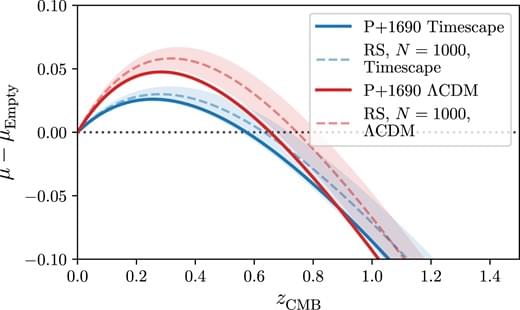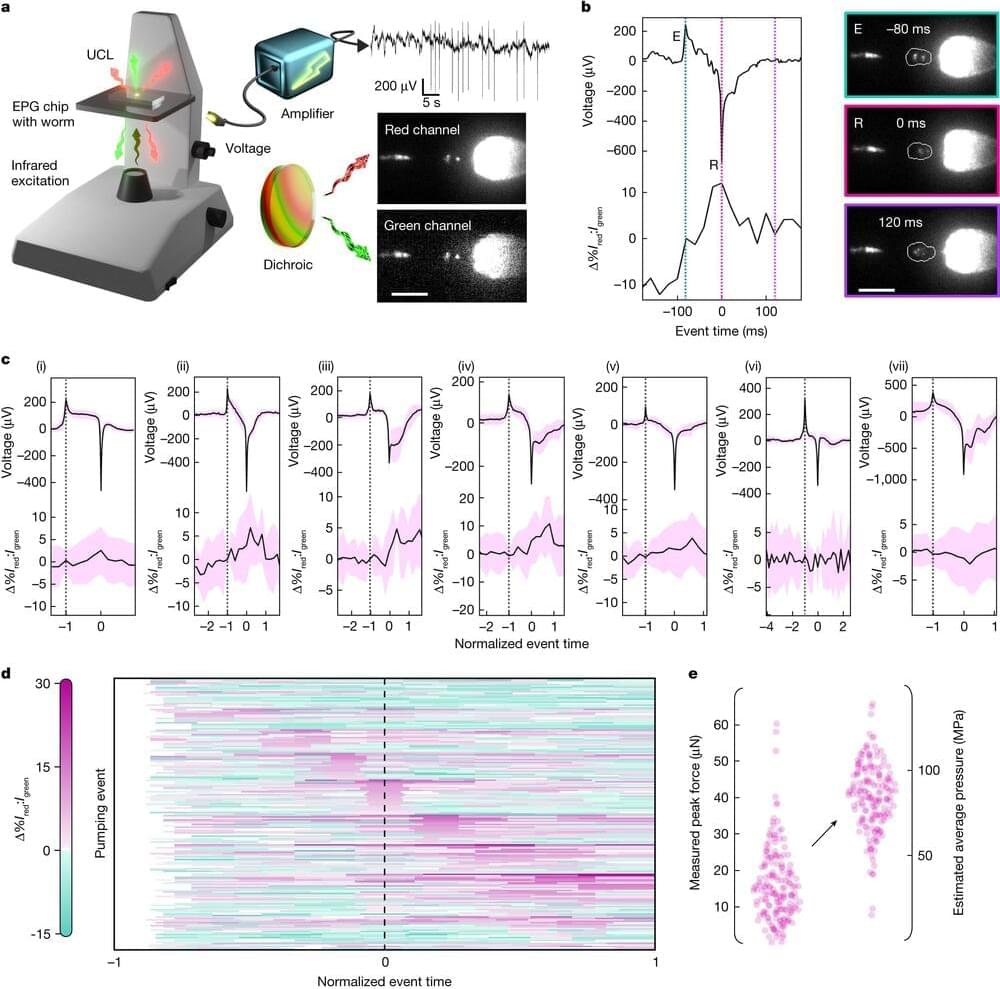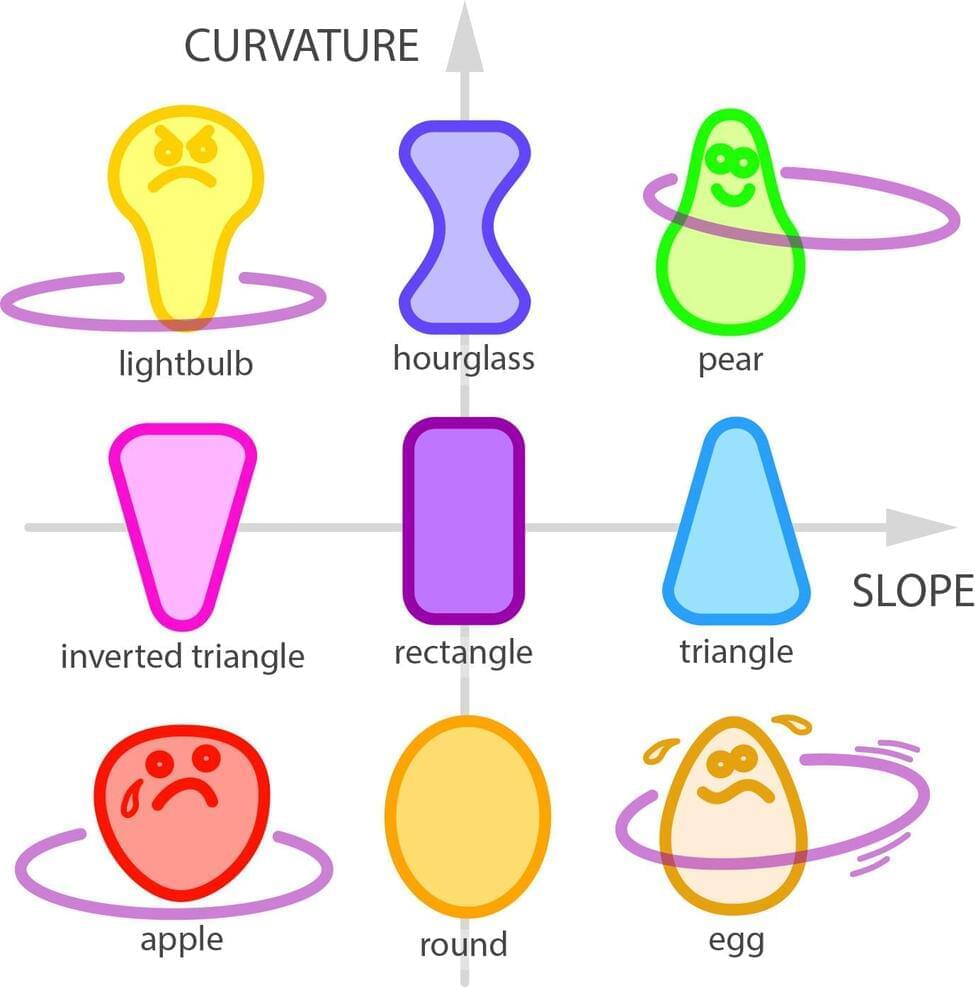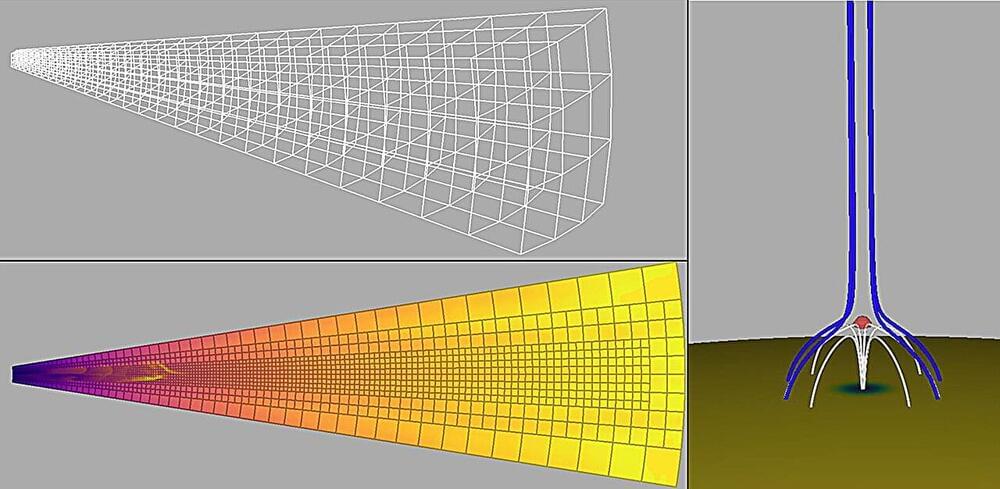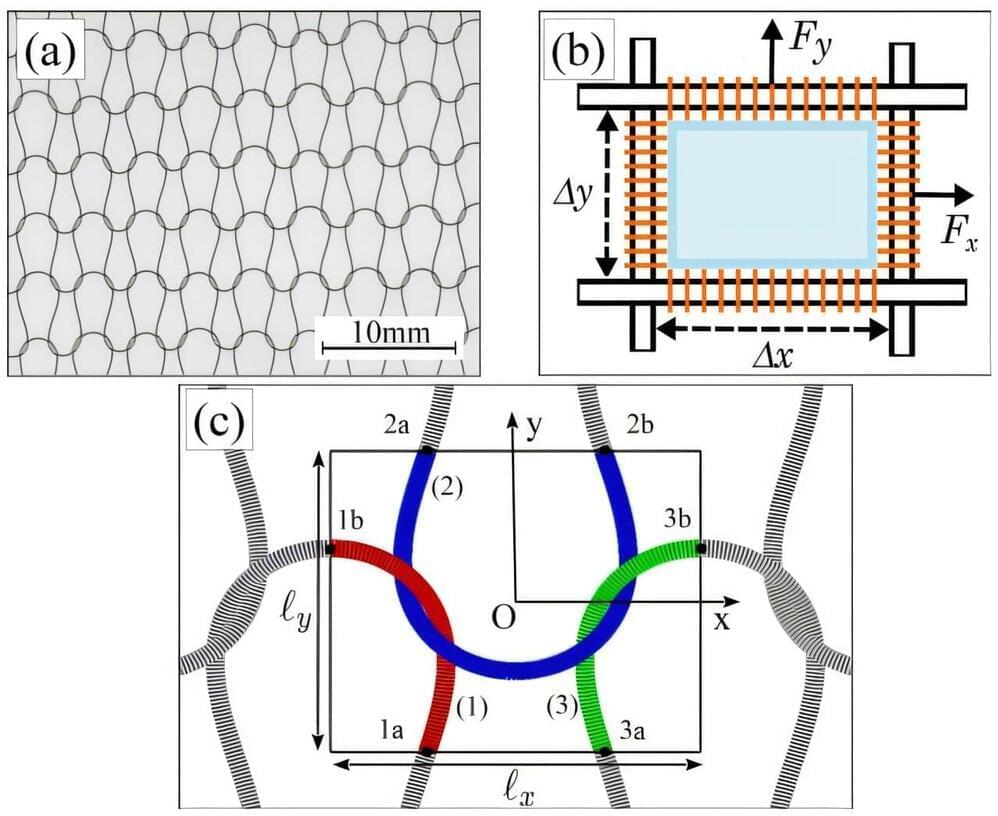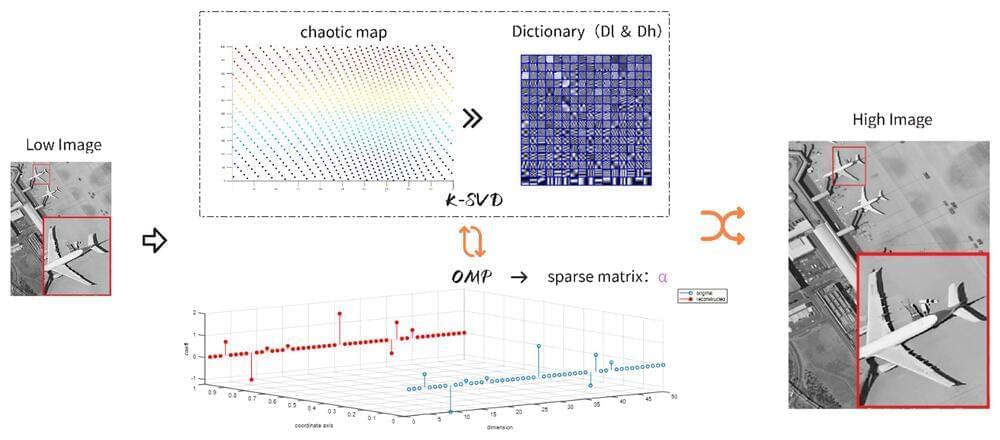ABSTRACT. We reanalyse the Pantheon+ supernova catalogue to compare a cosmology with non-FLRW evolution, the timescape cosmology, with the standard Lambda cold dark matter (|Lambda$|CDM) cosmology. To this end, we analyse the Pantheon+ for a geometric comparison between the two models. We construct a covariance matrix to be as independent of cosmology as possible, including independence from the FLRW geometry and peculiar velocity with respect to FLRW average evolution. This framework goes far beyond most other definitions of model independence. We introduce new statistics to refine Type Ia supernova (SNe Ia) light-curve analysis. In addition to conventional galaxy correlation functions used to define the scale of statistical homogeneity we introduce empirical statistics that enables refined analysis of the distribution biases of SNe Ia light-curve parameters |beta c$| and |alpha x_1$|. For lower redshifts, the Bayesian analysis highlights important features attributable to the increased number of low-redshift supernovae, the artefacts of model-dependent light-curve fitting, and the cosmic structure through which we observe supernovae. This indicates the need for cosmology-independent data reduction to conduct a stronger investigation of the emergence of statistical homogeneity and to compare alternative cosmologies in light of recent challenges to the standard model. Dark energy is generally invoked as a place-holder for new physics. For the first time, we find evidence that the timescape cosmology may provide a better overall fit than |Lambda$|CDM and that its phenomenology may help disentangle other astrophysical puzzles. Our from-first-principles reanalysis of Pantheon|$+$| supports future deeper studies between the interplay of matter and non-linear spacetime geometry in a data-driven setting.
